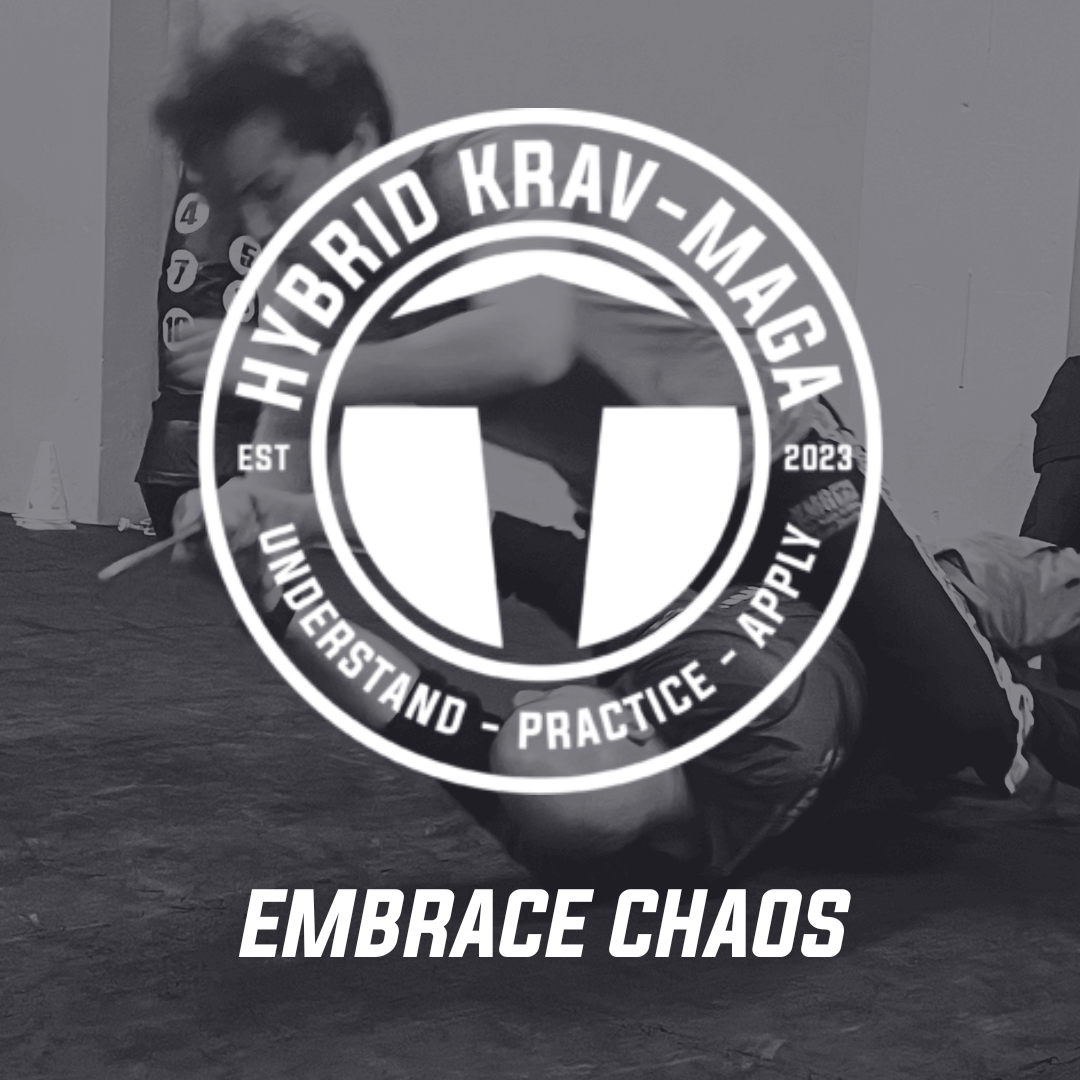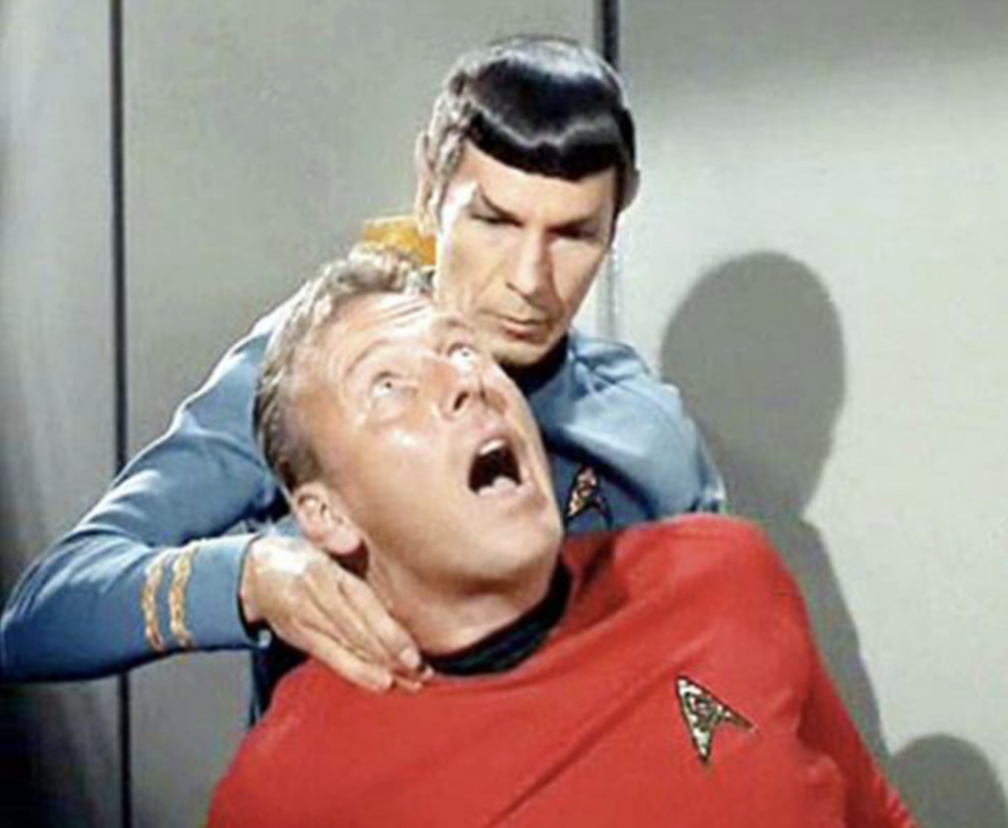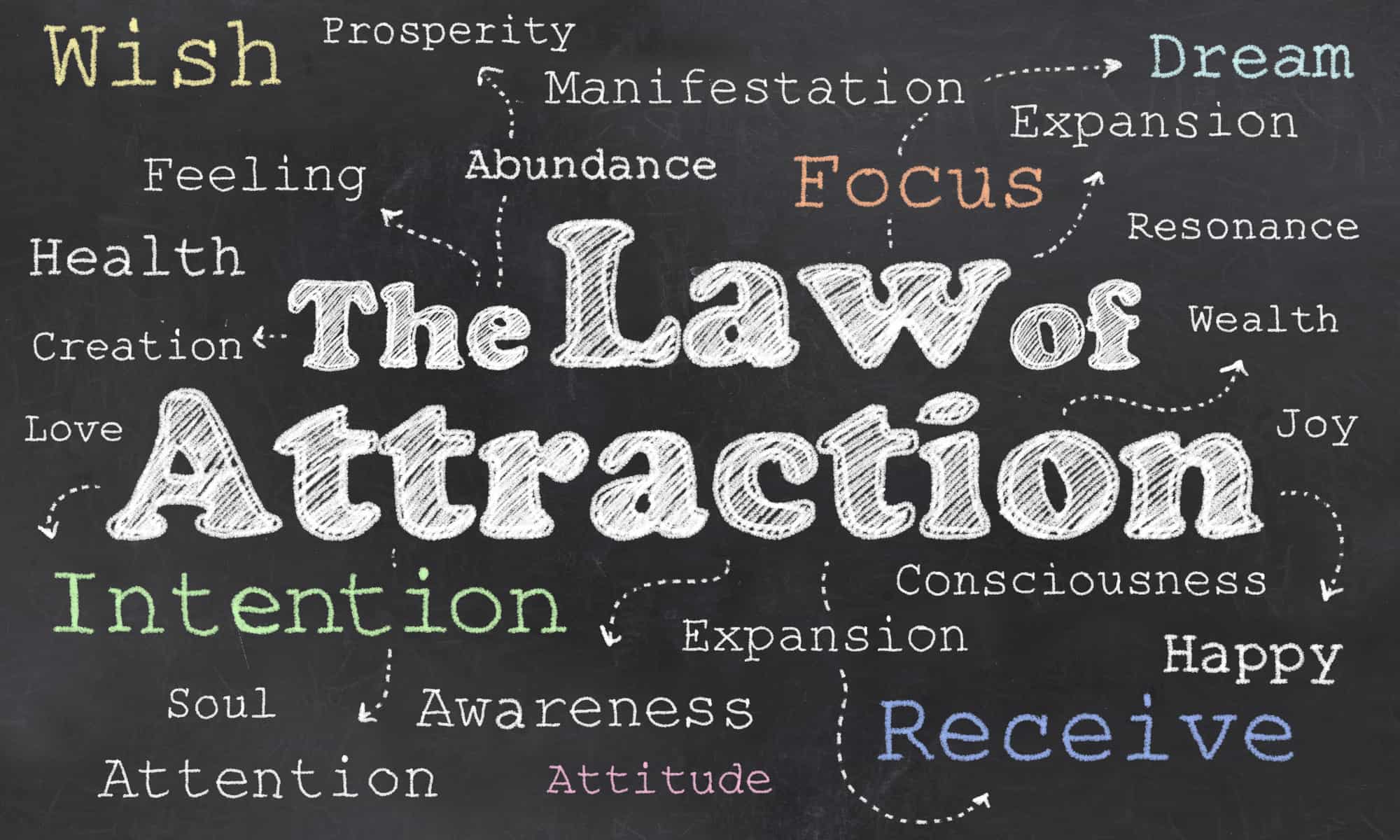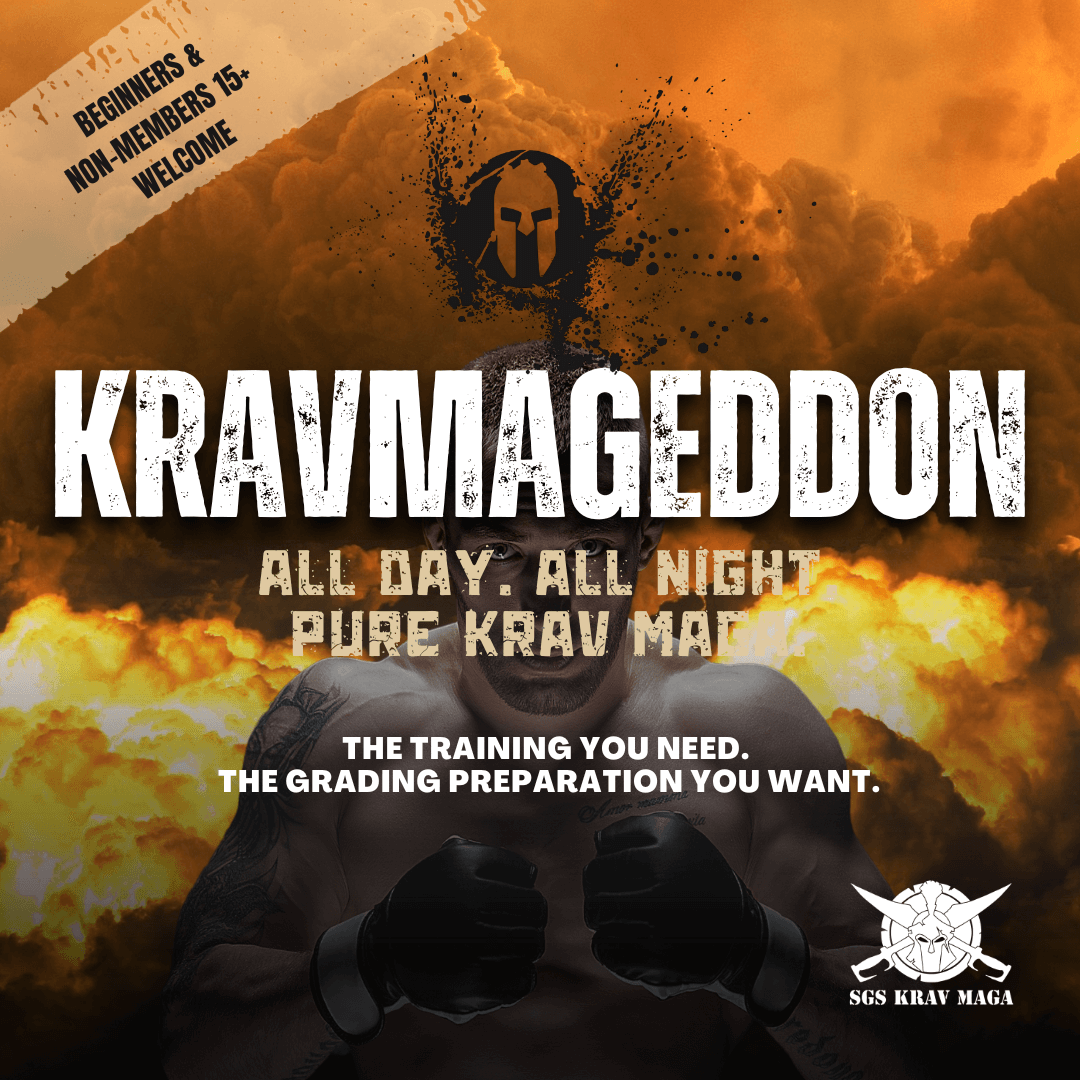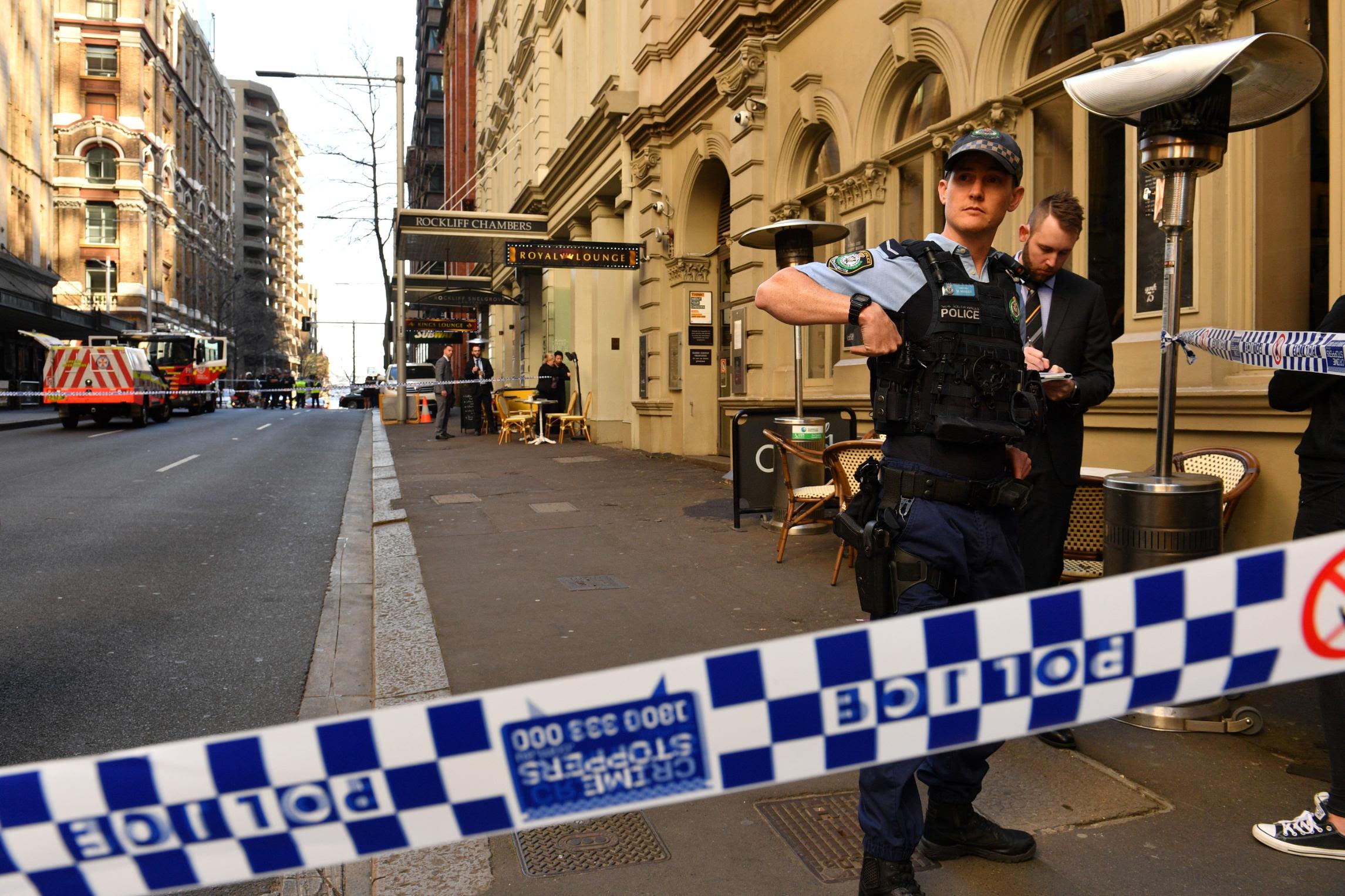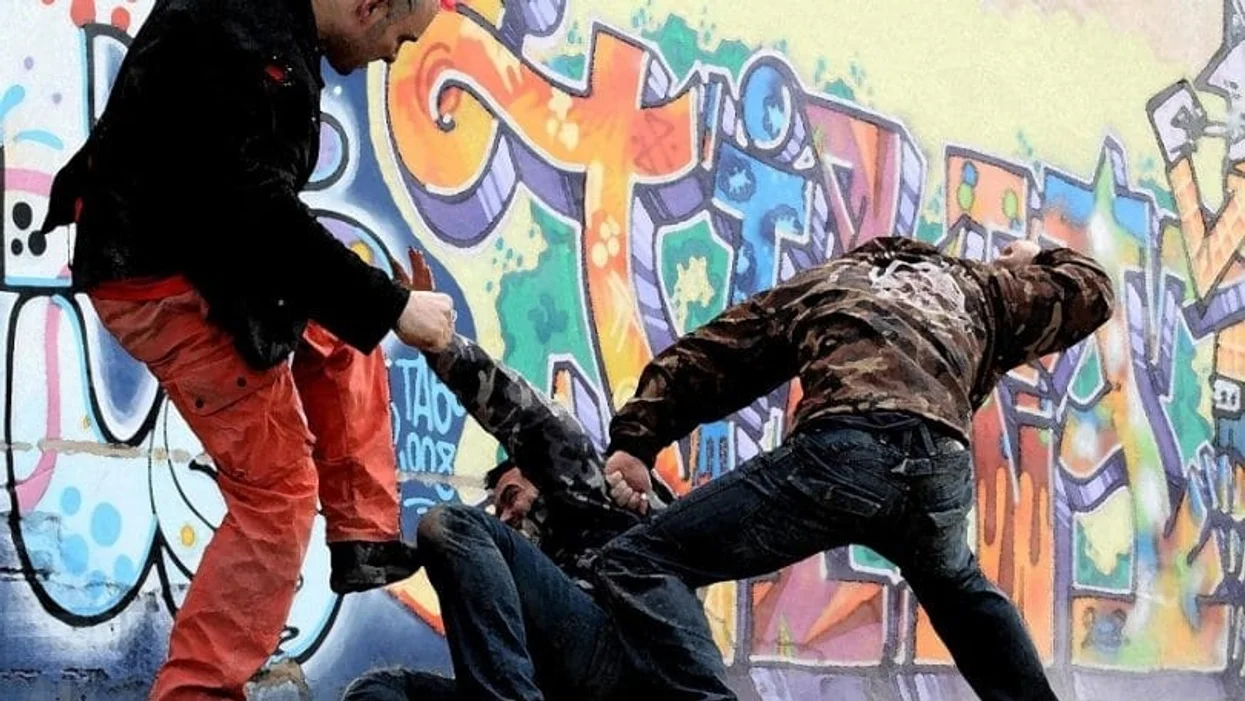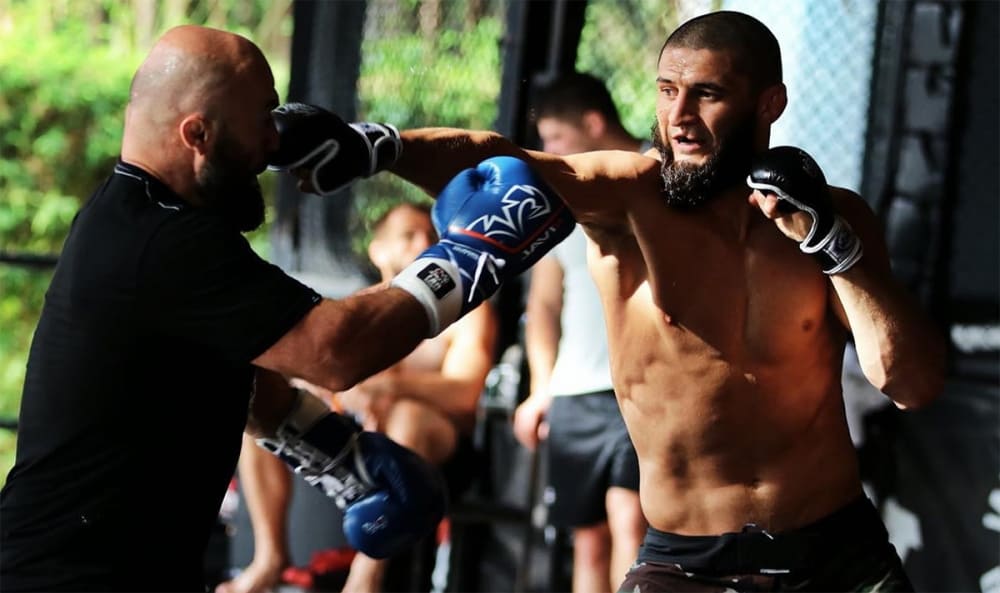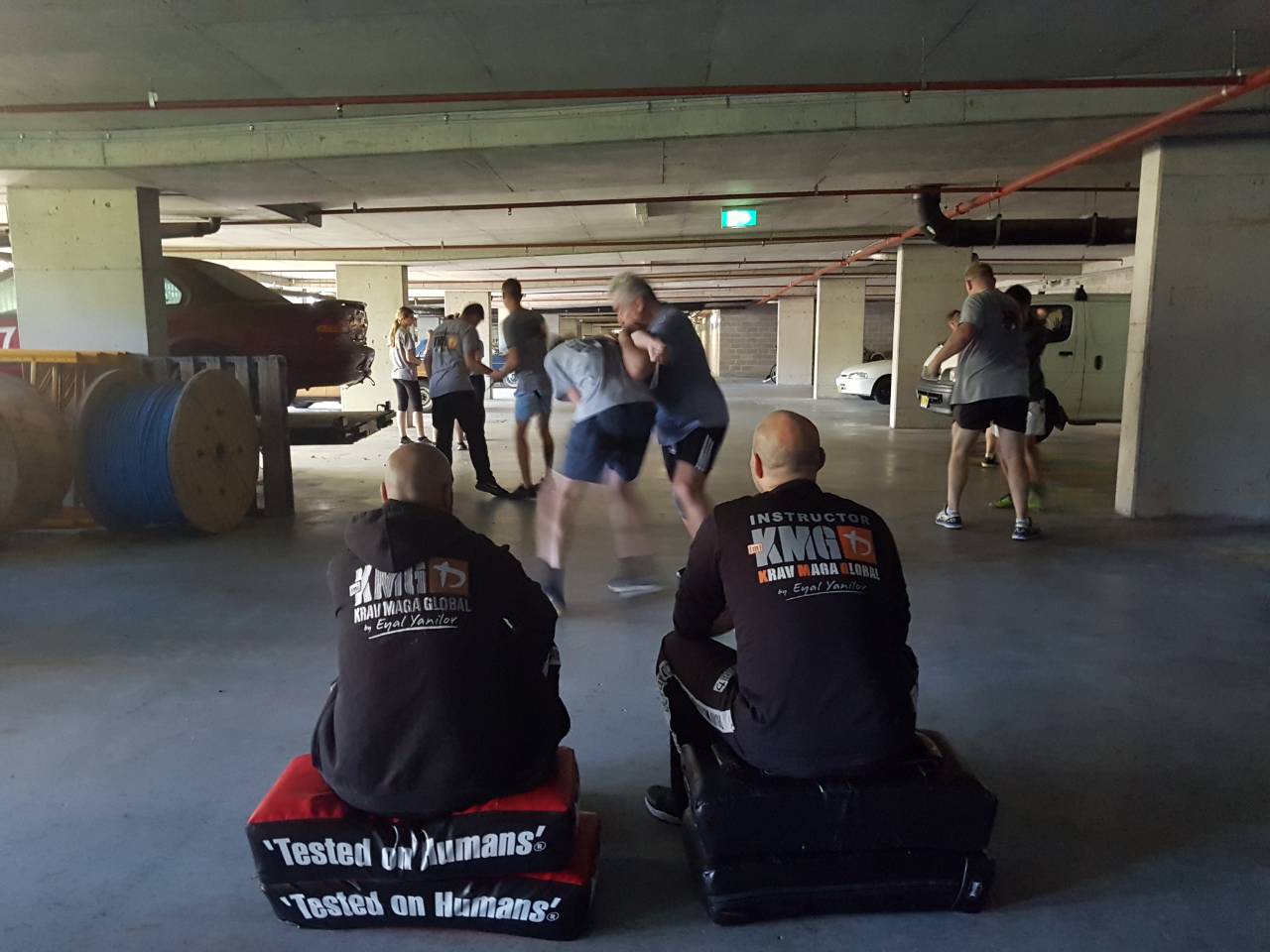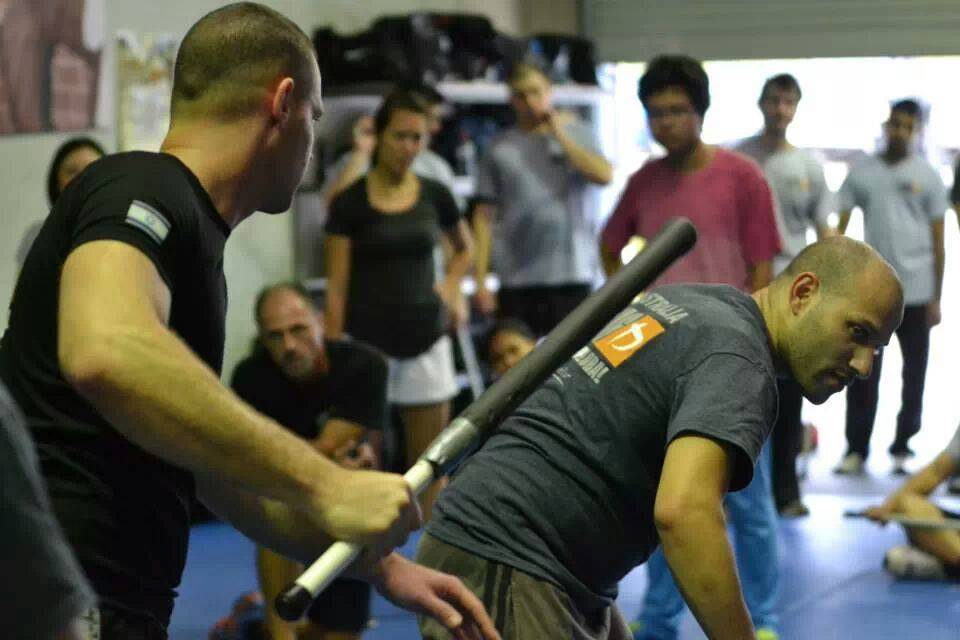6 Ways to Improve your Situational Awareness

Krav Maga is one of the most valuable self-defence systems available today.
Not only does it offer a life-changing workout that accommodates every lifestyle and fitness level, but it also focuses on cultivating your self-defence skills beyond the training center by stressing the importance of situational awareness.
While it’s easy to succeed in a controlled setting within a training facility, real-world attacks throw the rules of guided instruction out the window. The ability to recognize a potentially dangerous situation within your day-to-day life and subsequently develop a method to remove yourself from that scenario if needed is a primary focus of Krav Maga training.
Situational awareness and genuine safety are inextricably linked, making the modern, real-life focus of Krav Maga training particularly effective.
If you want to make the most of your Krav Maga training, you have to start by improving your situational awareness.
In other words, you have to hone your ability to be fully aware of your surroundings at all times, allowing you to react effectively if a dangerous situation were to arise — and in many cases, allowing you to remove yourself from such situations in the first place.
Situational awareness is probably the most important thing you should get out of a good Krav Maga school. If you are only learning a set of moves, or just losing weight you should probably start looking for a new instructor or school.
Now granted, being situationally aware may sometimes be seen as paranoia, it really is not.
On the awareness colour code originally created by Jeff Cooper, being slightly aware is where most animals are at the yellow awareness level. This means you are calm, but still paying attention, while a person who is paranoid spends most of their time at the orange level which for most people would simply burn them out.
Keep reading for a few ways you can improve your situational awareness and assure your safety in any circumstance.
1. Identify Objects Around You
Improving your situational awareness starts with being mindful of your surroundings. Each time you enter a new environment, take a moment to identify every object in your immediate vicinity.
Chairs, tables, trash, even walls, and doors should all be recognized and recorded in your mind. It should only take a few seconds to identify the objects around you, but looking at your surroundings with a discerning eye and acknowledging each item is a crucial step in developing a mindful attitude.
When you’re aware of the things around you, you can effectively determine what can be used as a weapon and what will be a potential obstacle. Should a dangerous situation develop, you’ll have a leg up in using your environment to your advantage.
2. Notice Other People
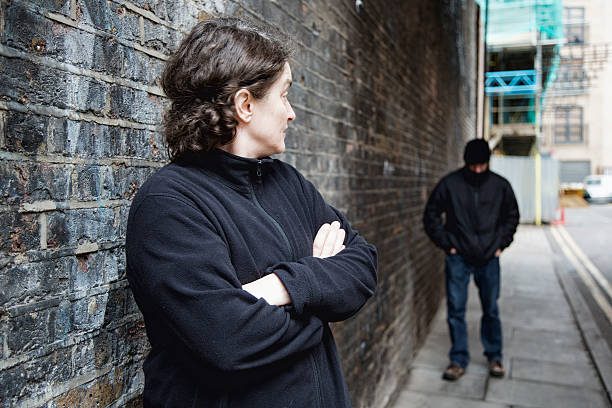
Identifying objects in your environment is crucial for improving your situational awareness, but it’s equally as important to detect and observe the people around you. Watch out for nervous or agitated behavior in others, and keep an eye on people who seem to be moving outside the norm.
You can even monitor the behavior of people you interact with every day, like family members or coworkers. The ability to detect inconsistencies or distress in other people can allow you to anticipate dangerous situations, giving you an opportunity to respond in the most effective way possible.
Many victims of violence admit that they had little to no situational awareness before their attack. Being aware simply means paying attention to what is going on around you.
In today’s modern world, largely due to smartphones, most people spend their time looking down at some kind of digital display and not paying attention to the world around them. This means that countless generations are losing that spatial and situational awareness that was crucial to early human survival in the wilderness.
3. Identify Entry and Exit Points
You’ve identified objects, you’ve monitored the people around you; now it’s time to determine how to remove yourself should a dangerous situation arise. Every time you arrive at a new location, observe the points of entry and exit. Should you have to defend yourself or a situation arises, you will want to know how to withdraw from the situation, thereby limiting your time and need to fight. Knowing how to disengage from a potentially treacherous circumstance is another key connection between situational awareness and safety—you’ll likely be more secure if you can withdraw from a dangerous scenario altogether and avoid engaging with an attacker.
4. Practice Prediction
Perhaps the most challenging element of situational awareness involves predicting the actions of the people around you. It’s a difficult skill to imagine future danger, but it’s one that can be cultivated and enhanced with time. When you enter a new location or observe suspicious behavior, try to imagine what would happen if things went poorly. What if that drunken man suddenly became aggressive and confrontational? What if the group of strangers walking toward you has bad intentions?
In each of these situations, establish one or two potential scenarios that would put you in danger, and outline how you would handle them. We’re not recommending that you allow your imagination to run wild with constant fear and anxiety, but actively working on your ability to identify potential threats can be crucial in improving your situational awareness and automatically choosing an appropriate response to danger.
It’s actually healthy to maintain the realistic mindset of being alert. Ideally, on the Jeff Cooper colour code chart being slightly aware at a yellow level is prudent.
5. Trust Your Intuition
Although it can be easy to second-guess your gut feelings, learning to trust yourself is an important tenet of self-defence.
Situational awareness absolutely acknowledges factors outside yourself, but it also requires taking an inventory of your own feelings.
Are you feeling anxious or worried? Does the environment just feel “off”? Your internal reactions can be a key element in pointing out the danger, so don’t ignore your intuition.
If your inner alarms are going off, remove yourself from the situation immediately, as stopping to second-guess yourself could put you in critical danger.
6. Practice Situational Fighting Techniques
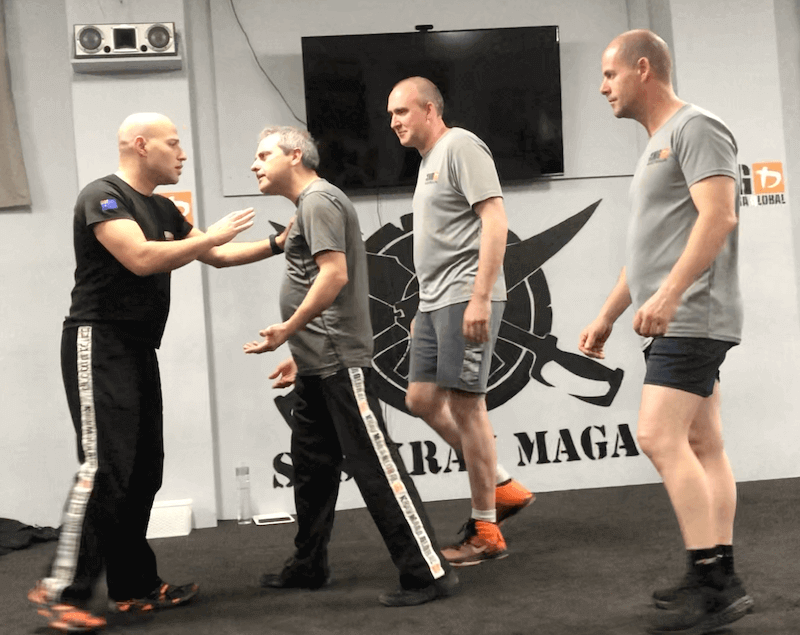
While training your mind to be aware of your surroundings at all times is crucial for improving your situational awareness, simply recognizing your circumstances isn’t enough to protect yourself. You also have to train your physical body in order to ensure that you’re able to withstand an attack.
Training should also account for the link between situational awareness and safety. Instead of simply changing environments or tactics, situational drills should also be practiced in order to improve your ability to determine appropriate techniques, maneuvers, and reactions in a variety of different scenarios.
Keen to try out a reality-based self-defence system? Book a free trial class today.
STOP READING. START TRAINING.
BOOK YOUR FREE TRIAL SELF DEFENCE CLASS TODAY

